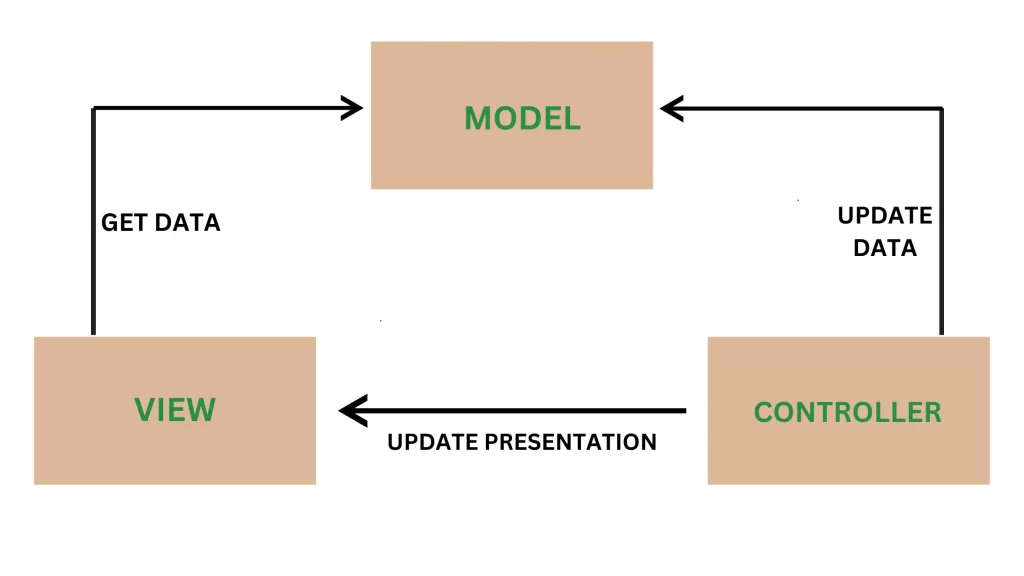Understanding MVC Architecture and Its Components
In the realm of software development, particularly in web development, the Model-View-Controller (MVC) architecture has become a cornerstone design pattern, the Model-View-Controller (MVC) is a software design model that separates an application into three interacting parts: Model, View, and Controller. This separation helps manage complexity, increases testability, and encourages a clean separation of concerns. Let’s delve into what MVC architecture is and explore its components in detail.
What is MVC Architecture?
MVC stands for Model-View-Controller. Specifically, it is a design version that divides software into three interrelated parts: Model, View, and Controller. Consequently, this separation helps in managing complex applications by dividing the code into distinct sections, making it easier to manage, test, and scale.

Model: The Model represents the data layer of the utility. Specifically, it is chargeable for managing the business logic and data, regularly interacting with the database to retrieve, update, or delete data. Furthermore, the Model is separate from the user interface, meaning modifications to the data model do not directly affect how data is shown to the person.
View: The View is the presentation layer of the software. It shows the data supplied by the Model to the user. The View is liable for rendering the user interface and offering data in a selected format. It gets data from the Controller and updates the display accordingly. The View is independent of the business logic, focusing totally on how data is delivered.
Controller: The Controller acts as an intermediary between the Model and the View. It handles user input, processes it, and sends instructions to the Model to update the data. The Controller then updates the View with the new statistics. Essentially, the Controller manages the flow of the application, responding to user movements and figuring out what should be displayed in the View.
Components of MVC Architecture
Each component of the MVC architecture has an important role and responsibility, contributing to a clear separation of concerns.
Model Components:
Data Management: Manages data, logic, and rules of the application.
Database Interaction: Handles data access and storage, communicating with the database to fetch or save data.
Business Logic: Contains the core functionality and data validation rules.
View Components:
User Interface (UI): Renders the data from the Model in a readable and interactive format.
Presentation Logic: Manages the layout and formatting of the UI elements.
User Experience (UX): Provides a seamless and intuitive interaction for the user.
Controller Components:
Request Handling: Receives and processes user inputs and HTTP requests.
Command Execution: Executes commands and updates the Model based on user actions.
View Management: Select the appropriate View to display based on the Model’s state and user interactions.

Benefits of MVC Architecture
The MVC architecture offers several benefits, making it a popular choice among developers:
Separation of Concerns: By separating the application into three different components, MVC promotes organized and maintainable code.
Reusability: Components can be reused across various parts of the application or even in different projects.
Scalability: It is easier to manage and scale large applications due to the clear division of responsibilities.
Testability: Simplifies testing, as each component can be tested independently.
Check out the video to learn what is MVC Architecture and the components of MVC
Conclusion
To Conclude, MVC architecture is a powerful and broadly followed design sample in software development. By dividing an application into the Model, View, and Controller, it promotes organised, maintainable, and scalable code. Understanding the roles and responsibilities of each component is critical for building robust programs which can be easy to control and extend. Whether you are developing a small web software or a large agency machine, MVC architecture can offer a solid foundation for your project. For more in-depth knowledge and practical application, consider joining GALTech School one of the top-rated software training institutes in Kerala, where you can learn to master MVC architecture and other essential software development skills.







